No matter how hard he or she tries, the installer who’s calibrating your car audio system can’t use a digital signal processor to tune distortion out of your system. We aren’t talking about the harmonic distortion that happens when a signal overloads the processor or an amplifier’s input stage. Preventing clipping is a simple process and one that’s fundamental to completing an amplifier installation. Every part of the audio chain – from the source unit and processor to the amplifier, speakers and subwoofer — adds (hopefully) small amounts of unwanted high-frequency information from harmonic distortion and lower-frequency products from intermodulation distortion to the audio signal. While that seems like a mouthful, it’s time to take a look at the big picture and how product selection affects the performance of your audio system.
Defining a Goal for Your Car Stereo
You don’t need to be an audiophile or “audio snob” to appreciate the benefits of combining amazing products with proper system design, installation and calibration. The difference that clarity and output capability offered by well-designed speakers and proper installation deliver, as compared to low- to mid-quality speakers, is easily discernable by even the most amateur music enthusiasts.
Here’s the first step. Find a song you like. Choose something you’ve listened to many times and really enjoy. Now, play it on your smartphone with the phone sitting on your kitchen table. Turn it up fairly loud. Now connect your phone to a Bluetooth speaker like a JBL Charge 4 or something similar. Listen to that same track again, and more particularly, listen for the differences in the way it sounds. Chances are, you’re going to hear a lot more midbass and drums, and other bass instruments will now start to stand out in the mix.
If you have a good home audio or home theater system, listen again at a similar volume level. If that audio system has a subwoofer, chances are the bass information will have more low-frequency extension, and voices and other midrange instruments will sound clearer. If you don’t have a good home audio system, ask a friend if you can listen to it on their system. Now you have a basic idea of how better audio systems change the way your music sounds.
The last step is to head to a local specialty car audio retailer and ask to audition the song in one of their demo vehicles. If the audio system is designed, installed and calibrated properly, you should hear the music laid out in front of you in what’s called a soundstage. The car or truck’s dashboard should recreate the space where the performers in the recording were situated in the recording studio or on the stage. The balance of the bass to midbass, midrange and high-frequency information should be smooth, and nothing should stand out. It should sound as though you’re sitting at the console of the recording studio.
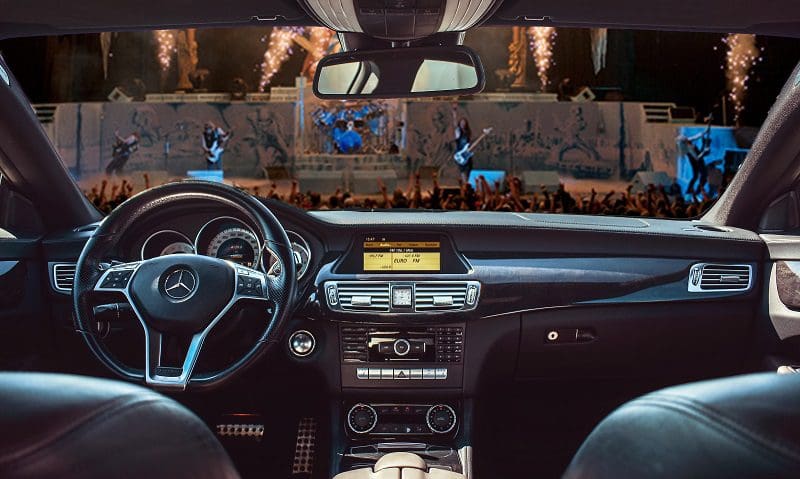
Let’s Talk about Audio Clarity
Clarity, as defined by the Oxford Dictionary, refers to “the quality of transparency or purity.” Think of a photograph for a second. If you take a photo with a kid’s Fisher-Price camera and the same image with a Sony α9 II with a prime FE 50 F1.2 GM lens, the difference in the detail and color accuracy will be readily apparent. This is why high-end cameras exist – to capture a scene or moment with improved clarity.


Look carefully at the two photos above. The sharpness in the leaves is gone in the lower photo. The detail in the water droplets and the texture in the rocks have been lost. The color balance and the exposure of the images are completely different. Once the accuracy of the original experience is gone, it can’t be restored.
When you’re listening to music, clarity works the same way. The balance between the instruments and performers in the recording was determined by the recording and mastering engineers. That mix was referenced to the monitor speakers and the system calibration in the studio control room. That’s as “accurate” as that song will ever get. Moreover, what each performer or instrument sounds like in the recording studio or on the stage isn’t the reference for accuracy. The front row center seat or the “sweet spot” in an auditorium isn’t the reference either. The recording engineer hears what each of the microphones picks up after they are all combined together and processed. If your audio system isn’t calibrated the same way, or your equipment adds moderate levels of distortion, you don’t hear the same sound. It might still be nice, but it isn’t technically accurate.
What Is Distortion?
Almost everyone who has even a passing interest in car audio equipment thinks that distortion only happens when you overload a component in the audio system. If you ask someone to “draw” distortion, they’ll draw a clipped sine wave. This is an extreme example but isn’t wrong.
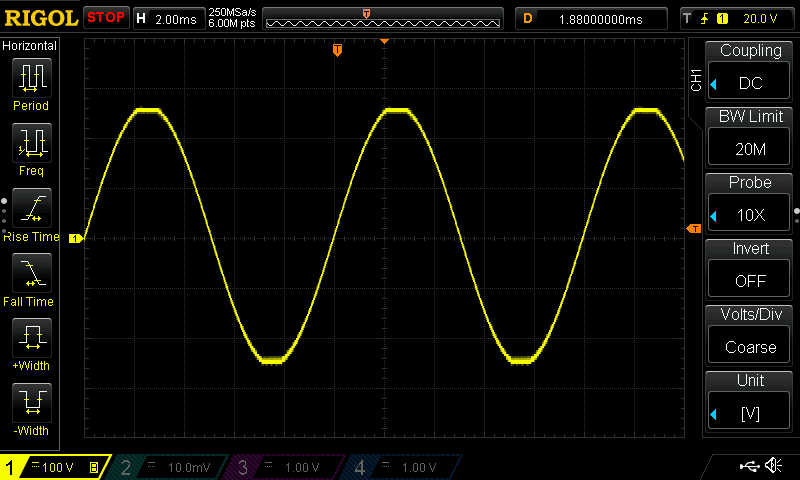
In reality, every time we pass an audio signal through an electronic device, (hopefully) small amounts of harmonic and intermodulation distortion are added to the signal. If you were to compare the shape of the original and audio waveform and the signal going to your speakers on an oscilloscope, they’d look very similar to one another. The reality is, small amounts of unwanted information have been added to the experience. Second-, third-, fourth- and maybe fifth-order harmonics, along with the product of multiple sounds being played simultaneously, add themselves to your music.
It’s time for an example. I downloaded a recording of a triangle and imported it into Adobe Audition. I copied the signal from the left channel to the right to ensure that I was dealing with exactly the same content. Then I locked the left channel and applied the distortion processing built into Audition to only the right channel.
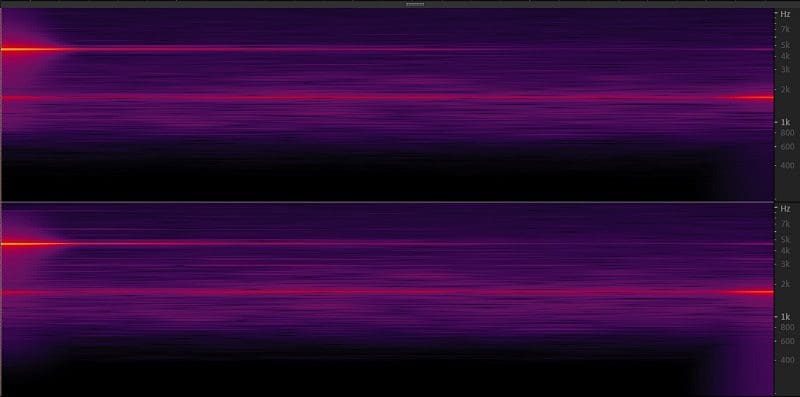
If you look closely at the lower spectrogram, you can see that there are more purple lines running horizontally between the 1,650 and 4,570 Hz fundamental frequencies. That’s added unwanted distortion. Let’s look at it another way.
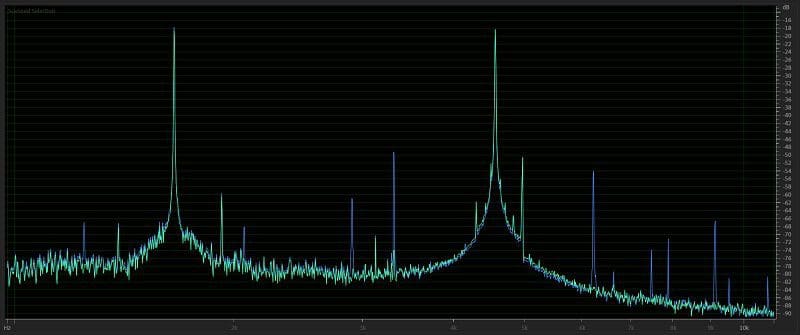
In the image above, you can clearly see the original recording in green and the unwanted content at 1,244, 2,064, 2,891, 3,299, 6,223 and other higher frequencies that have been added in the blue trace. Those are sounds that weren’t in the original performance or recording. That’s distortion.
Can’t My Installer Tune Out Those Frequencies?
I’ve heard people say that adding a digital signal processor (DSP) to a car audio system is a good way to tune out distortion. Sadly, that’s not how they work. The main goal of the processor is to calibrate the output of each speaker in the system to compensate for frequency response issues caused by the vehicle environment.
In our example, we have two frequencies to deal with in the original recording. If this were the only piece of “music” played on the system, then your technician could EQ out the unwanted information. The problem is that different instruments cover different frequency ranges. If you fix the sound of this triangle, you ruin the sound of an electric guitar, piano or violin. The only way to get rid of it is to prevent your audio system from adding it.
Choose High-Performance Car Audio Equipment
You can read any of more than 30 articles on BestCarAudio.com that explain what to look for when shopping for or comparing source units, amplifiers, speakers, signal processors and subwoofers. For electronics, signal-to-noise ratio and Total Harmonic Distortion and Noise are the numbers to check out. Be sure the SNR is compliant with the CTA-2006-C standard, lest you be fooled by inflated peak-power ratings. Since no car audio companies publish distortion graphs for their speakers or subwoofers, you have to look for features like aluminum shorting rings, flat spiders and copper T-yoke caps, or motor designs like eXtreme BL Linearity (XBL^2) or an underhung voice coil design that reduces distortion. Keep in mind that the latter two include some drawbacks along with their benefits.
What’s perhaps the best experience of all is auditioning products under controlled conditions. You CAN hear the difference between good and great sounding head units, amplifiers and speakers. Before you rush out and buy a deal you saw online or guess at the quality of a product you’ve heard about from a friend, drop by a few local specialty mobile enhancement retailers and audition the components you intend to add to your car audio system. Ask them about the product features and designs that improve their performance. Then find out if they have the tools and training to integrate everything into your vehicle and calibrate the system properly with a DSP. It seems like a lot of work, and it is, but it’s worth every second when your music sounds amazing.
This article is written and produced by the team at www.BestCarAudio.com. Reproduction or use of any kind is prohibited without the express written permission of 1sixty8 media.
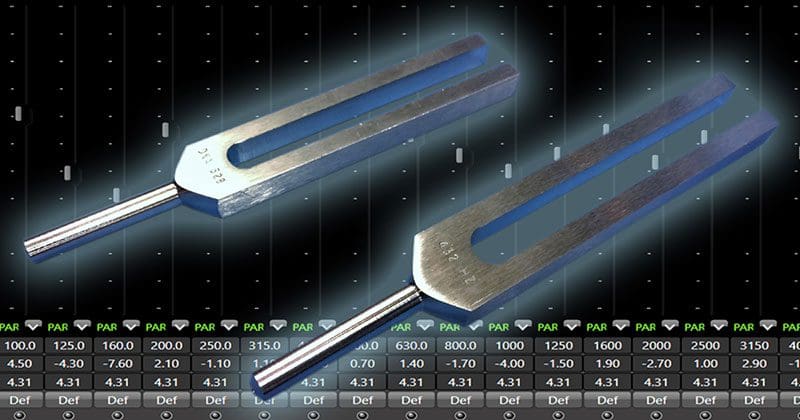
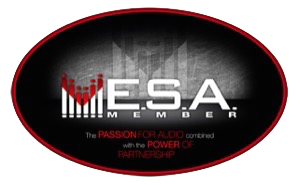
Leave a Reply